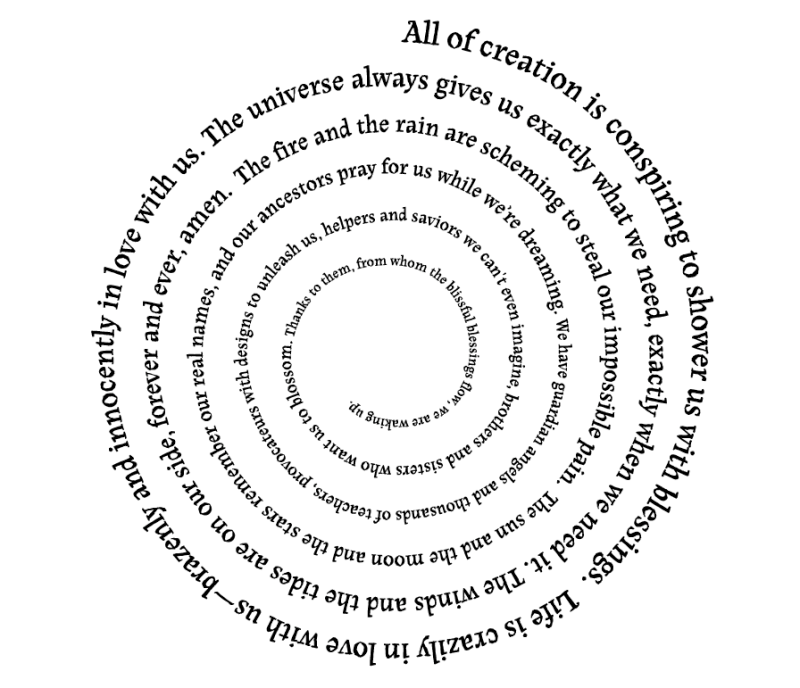Video - Adam Curtis BBC Documentary The Trap - Fuck You Buddy.
Wikipedia | In this episode, Curtis examines the rise of game theory during the Cold War and the way in which its mathematical models of human behaviour filtered into economic thought. The programme traces the development of game theory with particular reference to the work of John Nash, who believed that all humans were inherently suspicious and selfish creatures that strategised constantly. Using this as his first premise, Nash constructed logically consistent and mathematically verifiable models, for which he won the Bank of Sweden Prize in Economic Sciences, commonly referred to as the Nobel Prize in Economics. He invented system games reflecting his beliefs about human behaviour, including one he called "Fuck You Buddy" (later published as "So Long Sucker"), in which the only way to win was to betray your playing partner, and it is from this game that the episode's title is taken. These games were internally coherent and worked correctly as long as the players obeyed the ground rules that they should behave selfishly and try to outwit their opponents, but when RAND's analysts tried the games on their own secretaries, they instead chose not to betray each other, but to cooperate every time. This did not, in the eyes of the analysts, discredit the models, but instead proved that the secretaries were unfit subjects.
What was not known at the time was that Nash was suffering from paranoid schizophrenia, and, as a result, was deeply suspicious of everyone around him—including his colleagues—and was convinced that many were involved in conspiracies against him. It was this mistaken belief that led to his view of people as a whole that formed the basis for his theories. Footage of an older and wiser Nash was shown in which he acknowledges that his paranoid views of other people at the time were false.
Curtis examines how game theory was used to create the USA's nuclear strategy during the Cold War. Because no nuclear war occurred, it was believed that game theory had been correct in dictating the creation and maintenance of a massive American nuclear arsenal—because the Soviet Union had not attacked America with its nuclear weapons, the supposed deterrent must have worked. Game theory during the Cold War is a subject Curtis examined in more detail in the To The Brink of Eternity part of his first series, Pandora's Box, and he reuses much of the same archive material in doing so.
A separate strand in the documentary is the work of R.D. Laing, whose work in psychiatry led him to model familial interactions using game theory. His conclusion was that humans are inherently selfish, shrewd, and spontaneously generate strategems during everyday interactions. Laing's theories became more developed when he concluded that some forms of mental illness were merely artificial labels, used by the state to suppress individual suffering. This belief became a staple tenet of counterculture during the 1960s. Reference is made to the Rosenhan experiment, in which bogus patients, surreptitiously self-presenting at a number of American psychiatric institutions, were falsely diagnosed as having mental disorders, while institutions, informed that they were to receive bogus patients, "identified" numerous supposed imposters who were actually genuine patients. The results of the experiment were a disaster for American psychiatry, because they destroyed the idea that psychiatrists were a privileged elite able to genuinely diagnose, and therefore treat, mental illness.
All these theories tended to support the beliefs of what were then fringe economists such as Friedrich von Hayek, whose economic models left no room for altruism, but depended purely on self-interest, leading to the formation of public choice theory. In an interview, the economist James M. Buchanan decries the notion of the "public interest", asking what it is and suggesting that it consists purely of the self-interest of the governing bureaucrats. Buchanan also proposes that organisations should employ managers who are motivated only by money. He describes those who are motivated by other factors—such as job satisfaction or a sense of public duty—as "zealots".
As the 1960s became the 1970s, the theories of Laing and the models of Nash began to converge, producing a widespread popular belief that the state (a surrogate family) was purely and simply a mechanism of social control which calculatedly kept power out of the hands of the public. Curtis shows that it was this belief that allowed the theories of Hayek to look credible, and underpinned the free-market beliefs of Margaret Thatcher, who sincerely believed that by dismantling as much of the British state as possible—and placing former national institutions into the hands of public shareholders—a form of social equilibrium would be reached. This was a return to Nash's work, in which he proved mathematically that if everyone was pursuing their own interests, a stable, yet perpetually dynamic, society could result.
The episode ends with the suggestion that this mathematically modelled society is run on data—performance targets, quotas, statistics—and that it is these figures combined with the exaggerated belief in human selfishness that has created "a cage" for Western humans. The precise nature of the "cage" is to be discussed in the next episode.
 LiveScience | A puzzling pattern in the cosmic rays bombarding Earth from space has been discovered by an experiment buried deep under the ice of Antarctica.
LiveScience | A puzzling pattern in the cosmic rays bombarding Earth from space has been discovered by an experiment buried deep under the ice of Antarctica.










